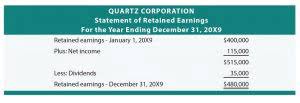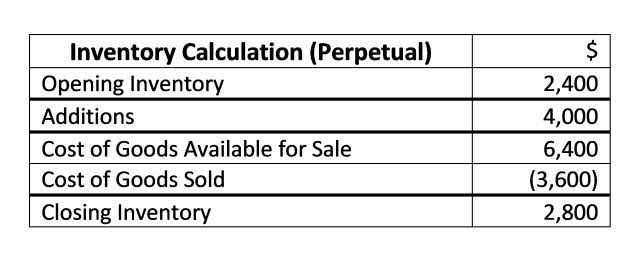
But XYZ Company is less leveraged than ABC Company, and therefore has a lower degree of financial risk. This is because a smaller portion of XYZ Company’s financing comes from debt, which must be repaid with interest. It’s evident that ABC Company is the least appealing of the two companies.
Indicates financial risk

We will follow the equity multiplier formula and will put the data we have into the formula to find out the ratios. Both creditors and investors use this ratio to measure how leveraged a company is. The stability rate is a measure to identify the number and percent of students who receive a “full year” of learning in the same school. The measure is intended to serve as a tool to help better understand the complex needs of students and schools. Then, the LEA must engage the educational partners at said schoolsite in developing one or more focus goal(s) to improve the performance of the identified student group(s).

Equity Multiplier vs. Asset Turnover Ratio
Calculation of the equity multiplier is relatively simple and straightforward. Consider the balance sheet of Apple Inc. (AAPL) as of the end of fiscal year 2017. The company’s total assets were $375 billion, and the book value of shareholder equity was $134 billion.
- In the DuPont factor analysis, a financial assessment system created by the DuPont Corp., the equity multiplier also plays an important role.
- The asset turnover ratio is another key financial ratio that provides insight into a company’s efficiency in using its assets to generate revenue.
- However, excessive leverage, marked by a high equity multiplier, increases risk and may lead to financial instability during economic downturns.
- So if the company has a good place in the market and keeps growing, it will be able to handle that debt very easily.
- The equity multiple is commonly used in commercial real estate investment analysis.
Implications of a Low Equity Multiplier
But as is the case for practically all financial metrics, the determination of whether a company’s equity multiplier is high (or low) is dependent on the industry average and that of comparable peers. The ratio of the two helps investors assess the financial leverage of a AI in Accounting company, allowing them to make better investment decisions. The asset turnover ratio is another key financial ratio that provides insight into a company’s efficiency in using its assets to generate revenue. The income statement offers insights into net income, which can be affected by debt levels. Higher debt often leads to increased interest expenses, reducing net income and impacting return on equity.

However, both of them focus of different aspects equity multiplier and have different conclusions. This is a simple example, but after calculating this ratio, we would be able to know how much assets are financed by equity and how much assets are financed by debt. The multiplier ratio is also used in the DuPont analysis to illustrate how leverage affects a firm’s return on equity. Higher multiplier ratios tend to deliver higher returns on equity according to the DuPont analysis. In the formula above, there is a direct relationship between ROE and the equity multiplier. Any increase in the value of the equity multiplier results in an increase in ROE.

So if the company has a good place in the market and keeps growing, it will be able to unearned revenue handle that debt very easily. @turquoise– I think so, the equity multiplier, financial leverage and the DuPont model would belong to that category. On the other hand, Apple is more susceptible to changing economic conditions or evolving industry standards than utilities or large traditional telecommunications firms.
- With that said, the equity multiple allows you to quickly understand how much cash a project will return to the investors, relative to the initial investment.
- In our example above, an equity multiple of 2.50x simply means that for every $1 invested into the project, an investor is expected to get back $2.50 (including the initial $1 investment).
- It’s likely to continue its operations, provide stability to employees, contribute to economic growth, and serve its societal obligations.
- Using the DuPont Analysis, equity multiplier is revealed as a leverage factor that amplifies the Return on Assets (ROA) to provide a larger ROE.
- Low equity multiplier, on the other hand, indicates that a company is less leveraged and has more equity financing.
- Both ratios revolve around the idea of assessing a company’s financial leverage.
For LEAs with eligible schoolsites, LCFF Equity Multiplier funding will be included in the LEA’s monthly Principal Apportionment payments in accordance with the Principal Apportionment Payment Schedule. Payments will commence with the 2023–24 First Principal Apportionment certified in February 2024. LEAs that are apportioned LCFF Equity Multiplier funds will distribute funding to eligible schoolsites based on the amounts calculated by the California Department of Education.

